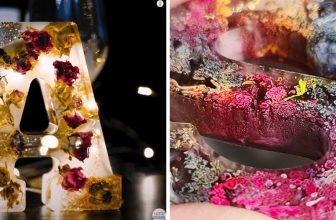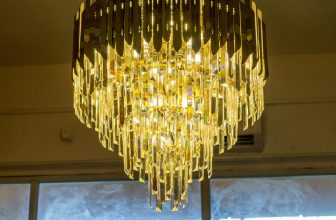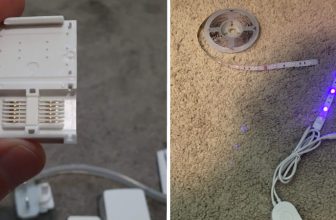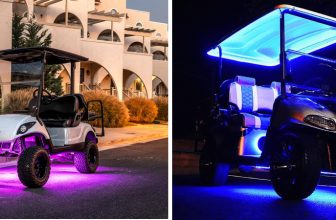How to Convert a Fluorescent Light to Led
Are you looking for an energy-efficient way to light up your home or office? Converting a fluorescent lighting fixture to LED lights can save money on electricity costs and also provide better illumination.
LEDs don’t require any additional maintenance, and they last much longer than other types of lighting, including incandescent bulbs, halogens, and metal halides. In this blog post, we will discuss the steps involved in how to convert a fluorescent light to led and some of the benefits associated with LEDs compared to other types of lights.
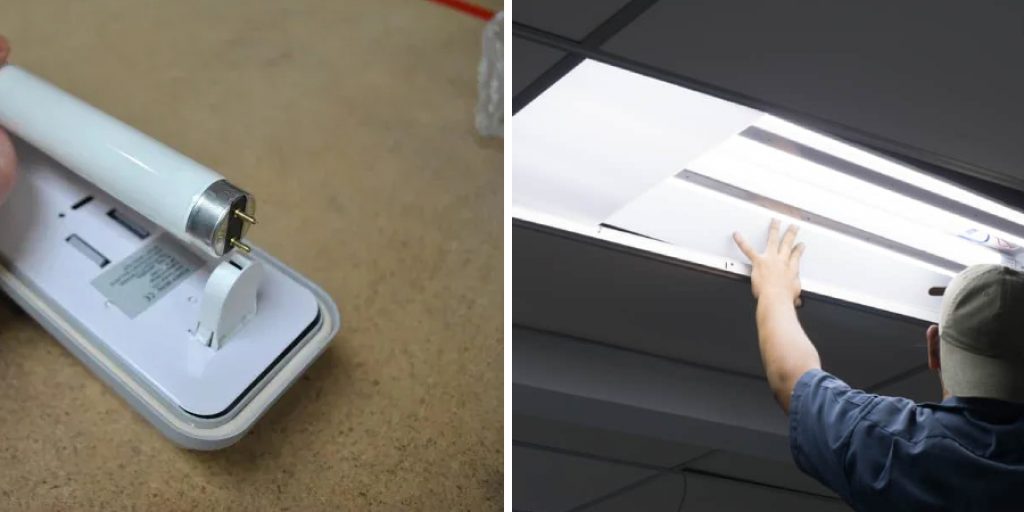
With the right tools at hand, you can easily switch out a traditional fluorescent tube with an LED one that is more efficient than ever before!
Why Convert Fluorescent to LED?
Converting fluorescent lights to LED is a great way to reduce energy costs and increase the longevity of your lighting system. LEDs last up to four times longer than fluorescents and require fewer replacements, meaning less money is spent on buying, installing, and disposing of bulbs.
Additionally, LED lights use significantly less electricity than fluorescents, which can cut down on energy bills over time. LED lights also emit less heat, helping to reduce cooling costs and improve comfort levels in the room. Finally, LED lighting is much more efficient than fluorescent lighting, meaning it produces more light with less energy consumed.
This improved efficiency makes LED a great choice for any space that requires bright illumination while still staying within budget constraints. With all these benefits, it’s no wonder why so many people are converting their fluorescent lights to LEDs.
The process of converting a fluorescent light to an LED is relatively simple and can be done in just a few steps. First, you need to identify the type of socket being used with your existing fixtures and purchase an appropriate LED bulb to fit.
Do I Need to Remove the Ballast to Use an LED Bulb?
Yes, the ballast needs to be removed before installing an LED bulb in a fluorescent light fixture. The ballast is responsible for regulating the flow of electricity through the light, and it is not compatible with LED bulbs. Without removing the ballast, the LED bulb will not work correctly and could become damaged.
Removing a ballast may seem intimidating, but it is actually a fairly straightforward process. First, turn off the power to the light at the circuit breaker and unscrew the fluorescent bulbs. Next, unscrew the side panels of the fixture to expose the wiring compartment and remove any screws that are holding in the ballast cover.
Inside this area, you should find two black and white wires that are connected to the ballast. Disconnect these wires from the ballast and remove it completely.
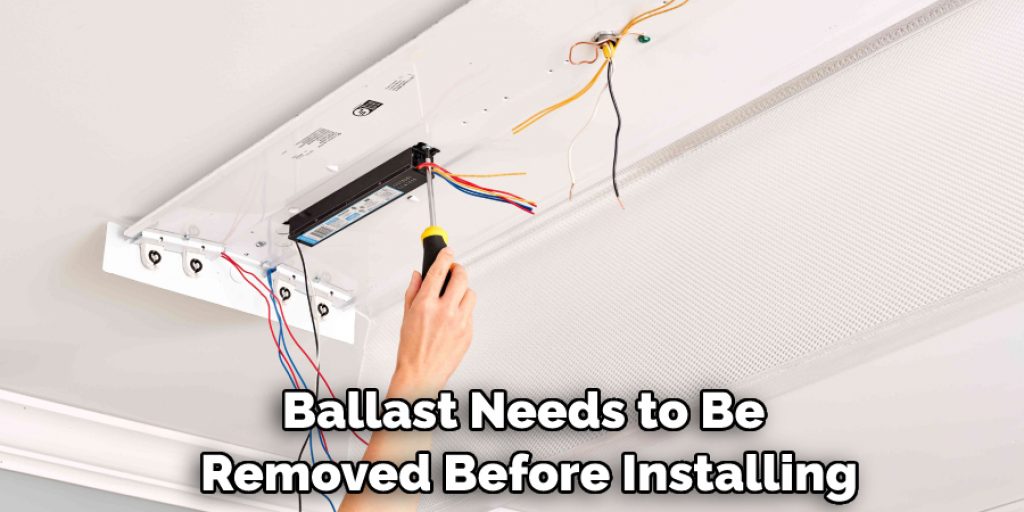
Once you have removed the ballast, you can replace the side panels of your light fixture and install your LED bulb. Make sure that all wiring is secure before turning the power back on, then test out your new LED bulb. With the ballast removed, your light should now be compatible with LED bulbs and you can reap all of its energy-saving benefits!
10 Methods How to Convert a Fluorescent Light to Led
1. LED Bulbs Replacement
The simplest and most straightforward method to convert fluorescent lights to LED lights is to replace the fluorescent bulbs with LED bulbs. LED bulbs are compatible with most fluorescent fixtures, and they fit into the existing sockets. LED bulbs consume less energy, last longer, and do not contain hazardous materials like mercury, which is commonly found in fluorescent bulbs.
However, LED bulbs may not be as bright as fluorescent bulbs, and they may not provide the same color temperature as fluorescent bulbs. Additionally, LED bulbs are more expensive than fluorescent bulbs, which could offset the cost savings over time.
2. LED Tubes Replacement
Another common method to convert fluorescent lights to LED lights is to replace the fluorescent tubes with LED tubes. LED tubes are designed to fit into the same sockets as fluorescent tubes and are compatible with most fluorescent fixtures. LED tubes are energy-efficient, have a longer lifespan, and do not contain hazardous materials.
One disadvantage of LED tubes is that they may not fit in all fluorescent fixtures, so compatibility should be verified before purchasing. Additionally, LED tubes are more expensive than fluorescent tubes, so the initial investment may be higher.
3. LED Retrofit Kits
LED retrofit kits are designed to convert fluorescent fixtures to LED fixtures. Retrofit kits include LED light engines and drivers that are compatible with fluorescent fixtures. The installation of the retrofit kit is straightforward, and no rewiring is required. LED retrofit kits are energy-efficient, have a longer lifespan, and do not contain hazardous materials.
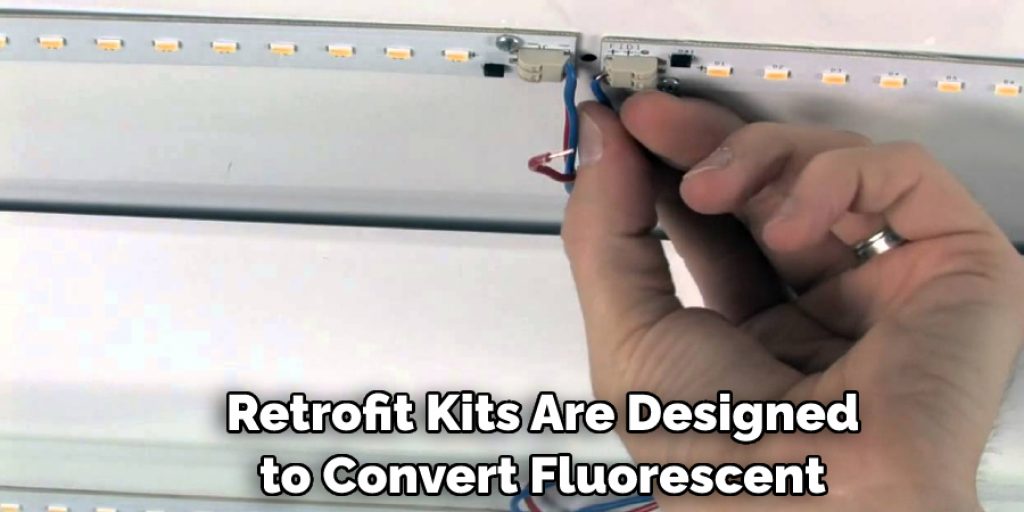
The main disadvantage of LED retrofit kits is that they may not be compatible with all fluorescent fixtures. Compatibility should be verified before purchasing a retrofit kit. Additionally, retrofit kits may be more expensive than replacing the bulbs or tubes.
4. Magnetic LED Strips
Magnetic LED strips are a convenient and easy-to-install method to convert fluorescent fixtures to LED fixtures. Magnetic LED strips are designed to fit on top of the existing fluorescent fixtures, and they can be easily attached with magnets or adhesive tape. Magnetic LED strips are energy-efficient, have a longer lifespan, and do not contain hazardous materials.
However, magnetic LED strips may not be as bright as fluorescent bulbs or tubes, and they may not provide the same color temperature as fluorescent bulbs. Additionally, magnetic LED strips may not be compatible with all fluorescent fixtures, so compatibility should be verified before purchasing.
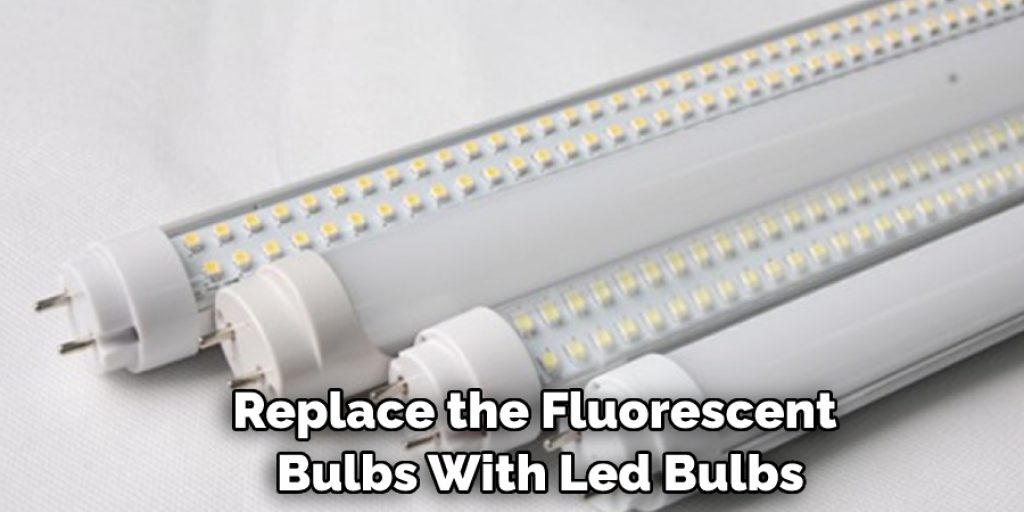
5. LED Panels
LED panels are flat, thin, and lightweight fixtures that can be easily installed in place of fluorescent fixtures. LED panels are energy-efficient, have a longer lifespan, and do not contain hazardous materials. LED panels also provide a uniform light output and can be dimmed to adjust the brightness.
The main disadvantage of LED panels is that they may not be compatible with all fluorescent fixtures, and they may require some rewiring to install. Additionally, LED panels are more expensive than replacing bulbs or tubes, so the initial investment may be higher.
6. LED Troffer Kits
LED troffer kits are designed to replace the fluorescent troffer fixtures with LED fixtures. Troffer kits include LED light engines and drivers that are compatible with troffer fixtures. LED troffer kits are energy-efficient, have a longer lifespan, and do not contain hazardous materials.
The main disadvantage of LED troffer kits is that they may not be compatible with all troffer fixtures, and they may require some rewiring to install. Additionally, LED troffer kits may be more expensive than replacing bulbs or tubes.
7. LED High Bay Lights
LED high bay lights are designed to replace the fluorescent high bay fixtures with LED fixtures. LED high bay lights are energy-efficient, have a longer lifespan, and do not contain hazardous materials. LED high bay lights are also more durable and require less maintenance than fluorescent high bay lights.
However, LED high bay lights may not be compatible with all high bay fixtures, and they may require some rewiring to install. Additionally, LED high bay lights may be more expensive than replacing bulbs or tubes.
8. LED Track Lights
LED track lights are designed to replace fluorescent track lights with LED fixtures. LED track lights are energy-efficient, have a longer lifespan, and do not contain hazardous materials. LED track lights are also more durable and require less maintenance than fluorescent track lights.
The main disadvantage of LED track lights is that they may not be compatible with all track fixtures, and they may require some rewiring to install. Additionally, LED track lights may be more expensive than replacing bulbs or tubes.
9. LED Retrofit Adapters
LED retrofit adapters are designed to convert fluorescent fixtures to LED fixtures without the need for rewiring. Retrofit adapters fit onto the existing sockets and convert the power to the LED driver. LED retrofit adapters are energy-efficient, have a longer lifespan, and do not contain hazardous materials.
The main disadvantage of LED retrofit adapters is that they may not be compatible with all fluorescent fixtures, and the brightness and color temperature may not be the same as fluorescent bulbs or tubes. Additionally, retrofit adapters may be more expensive than replacing bulbs or tubes.
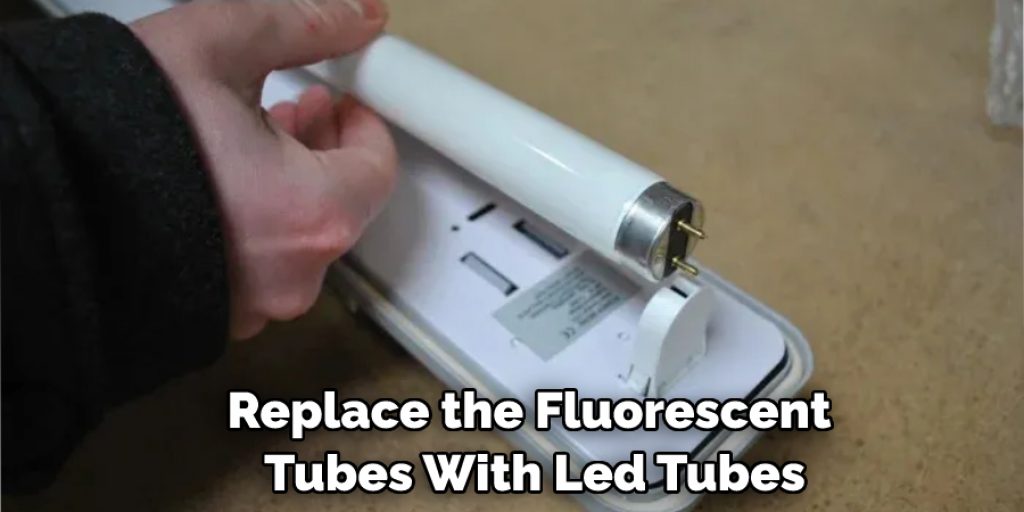
10. Complete Fixture Replacement
The most comprehensive method to convert fluorescent lights to LED lights is to replace the entire fixture with an LED fixture. LED fixtures are energy-efficient, have a longer lifespan, and do not contain hazardous materials. LED fixtures are also more durable and require less maintenance than fluorescent fixtures.
The main disadvantage of complete fixture replacement is that it may require some rewiring to install, and it may be more expensive than other methods. Additionally, compatibility should be verified before purchasing an LED fixture.
Things to Consider When Converting a Fluorescent Light to Led
1. Consider the Wattage of the LED:
LEDs use considerably less wattage than fluorescent lights, so it is important to know how many watts your fluorescent light uses in order to determine how much wattage the LED should be. The smaller the wattage, the more energy efficient and cost-effective your lighting option will be.
2. Know the Number of Lamps Needed:
The number of lamps needed for the LED will depend on the size of the space you are lighting and how much light you need. It is important to take accurate measurements of your space in order to determine how many lamps are needed for effective lighting.
3. Understand Lumens:
Lumens measure the brightness of a light bulb, so it is important to know how many lumens your fluorescent light uses in order to choose an LED with the same level of brightness.
Some Common Mistakes When Converting a Fluorescent Light to Led
1. Not Calculating the Wattage Correctly
When converting a fluorescent light to LED, it’s important to calculate the wattage of the LEDs accurately so that they provide enough illumination. Overshooting or undershooting can lead to inefficient lighting.
2. Not Using an Appropriate Dimmer:
If you plan on using a dimmable LED bulb for your light, make sure you use a compatible dimmer switch. LEDs in general, are more sensitive to fluctuations in voltage than traditional bulbs, and using the wrong type of dimmer can lead to flickering.
3. Underestimating Heat Output:
LEDs produce much less heat than traditional fluorescent bulbs, but they still generate some degree of heat. If the space you’re converting is small, make sure to factor in the airflow and ventilation requirements of LEDs, as they may require more than what was needed for the fluorescent bulbs.
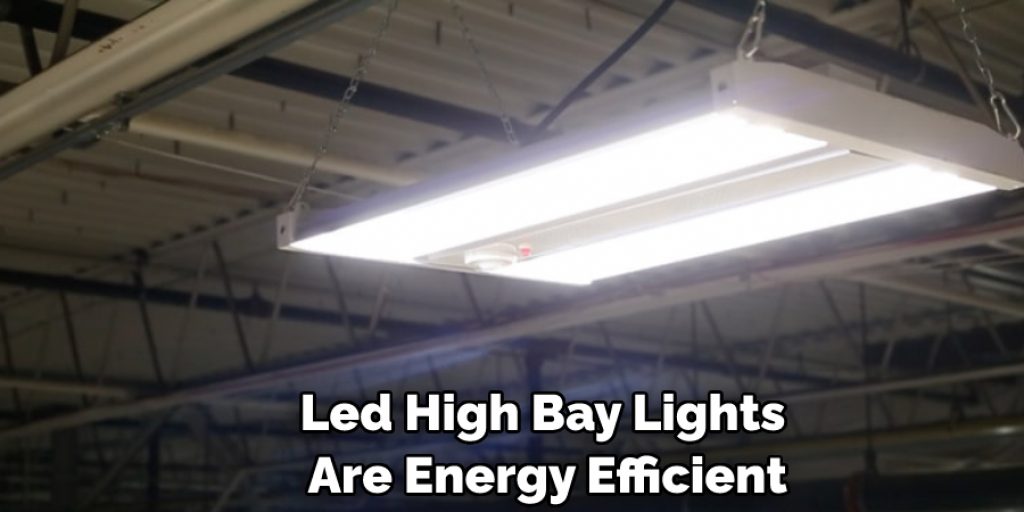
Conclusion
In conclusion, converting a fluorescent light to LED lighting is not as daunting as it might initially seem. With the right tools and knowledge, you’ll have no problem completing the task. You should always check with your local electrician or city building code office before attempting any DIY electrical work.
After gathering the necessary materials and seeking expert advice, retrofitting a fluorescent light to LED should be relatively straightforward. Thanks for reading, and we hope this has given you some inspiration on how to convert a fluorescent light to led!

